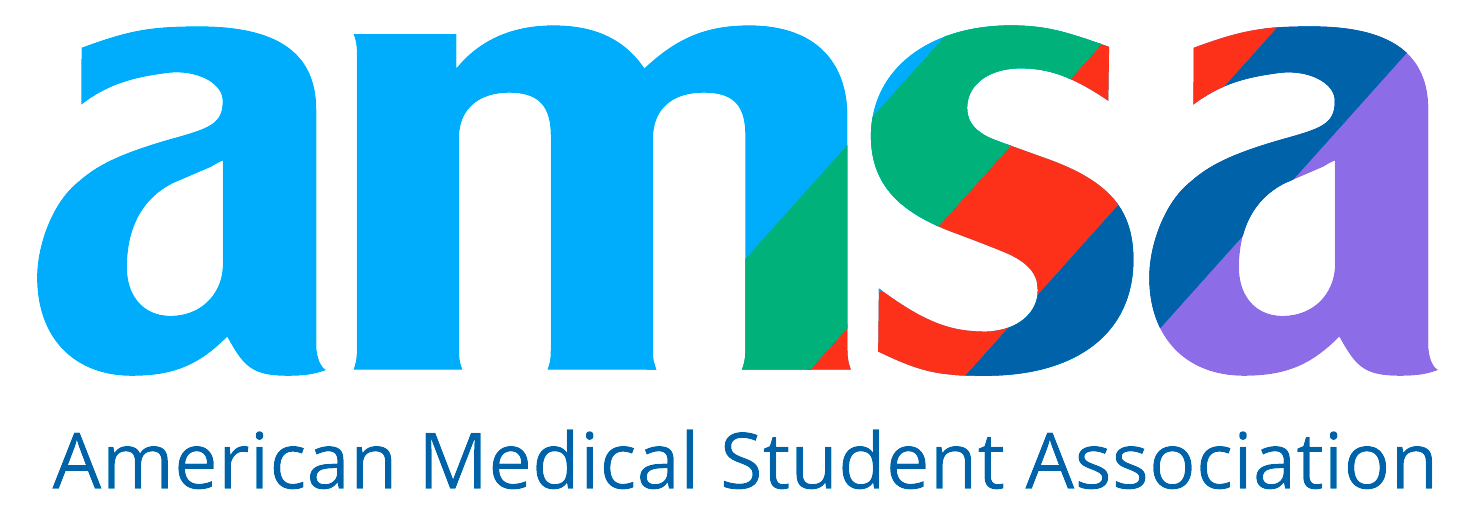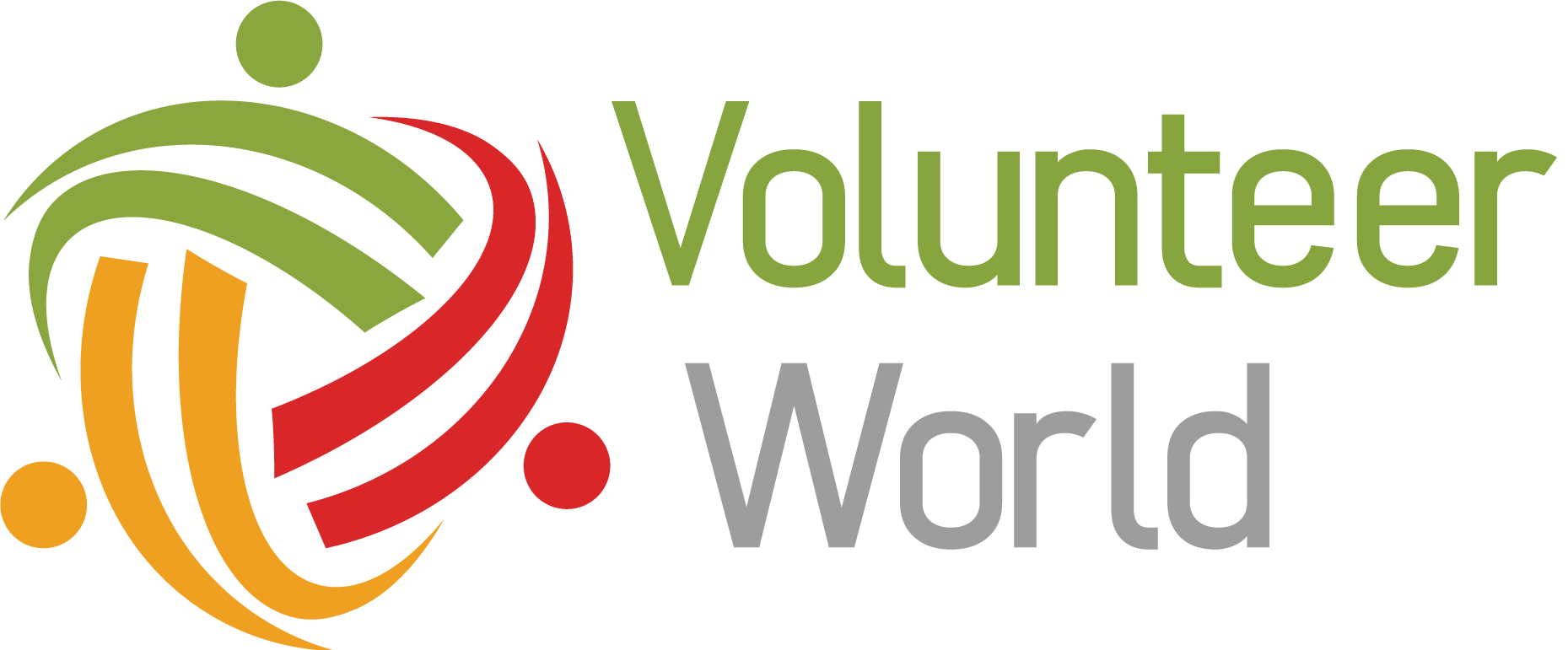How to Get Into Top Medical Schools in Canada
Go-Elective Abroad
How to Get Into Top Medical Schools in Canada
Applying to medical school in Canada is a competitive, rigorous, and deeply rewarding process. With only 17 medical schools across the country and a growing number of qualified applicants, getting accepted takes more than just good grades.
This comprehensive 2025 guide will help you understand the admissions process, application timelines, GPA and MCAT expectations, and how to stand out among applicants—especially if you’re considering programs like Go Elective’s pre-med shadowing internships abroad to boost your experience.
Acceptance Rates and Admission Statistics for Canadian Med Schools
Canadian medical schools have some of the most competitive admissions in North America. Here's a snapshot of current acceptance rates, GPA/MCAT averages, and whether international students are accepted.
Sample Admission Stats
For full details, check the official websites of each university, and ensure you review in-province vs. out-of-province eligibility, as most schools strongly favor local applicants.
Canadian Medical School Application Process
Unlike the U.S. system (AMCAS), there’s no universal application platform in Canada. Each province has its own procedures, except Ontario, which uses OMSAS.
Understanding OMSAS
OMSAS (Ontario Medical School Application Service) handles applications for:
- McMaster University
- University of Ottawa
- Queen’s University
- Northern Ontario School of Medicine (NOSM)
- University of Toronto
- Western University
OMSAS applications include:
- Sketch (extracurriculars and employment)
- Autobiographical questions
- Transcripts
- GPA & MCAT entry
- References
- School-specific submissions
Start early: OMSAS opens in July, and deadlines typically fall in October.
Academic Requirements: GPA and MCAT
Canadian schools evaluate GPA and MCAT in different ways, with some not requiring the MCAT at all (e.g., Université de Montréal).
GPA Expectations
- Most competitive schools require a GPA of 3.8+
- Quebec schools use the CRC (Cote R) instead of GPA
- UBC uses a percentage format (e.g., 88%+)
MCAT Requirements
- Many schools require the MCAT; others do not (especially French-language programs)
- Some schools, like McMaster, only consider your CARS score
- Aim for a minimum MCAT of 510+, but always check school-specific cutoffs
Planning to apply without an MCAT? Target schools that don’t require it or accept alternate metrics.
Coursework and Prerequisites
While not all med schools in Canada mandate prerequisites, many do. Common course requirements include:
- Biology with lab
- Chemistry (general and organic)
- Biochemistry
- Physics
- English or communication
Some schools list recommended—not required—courses. Take them if possible; it demonstrates initiative and commitment to preparation.
Experiences, Shadowing, and Volunteering
Canadian med schools look beyond academics to holistic readiness
OMSAS Sketch and Equivalent Activities Sections
These sections include:
- Volunteering
- Research
- Leadership roles
- Paid work
- Community involvement
Canadian schools don’t typically allow domestic clinical shadowing due to privacy laws. However, international pre-med shadowing programs—like those offered by Go Elective—can be a legal, ethical, and transformative alternative.
Short Essays and Personal Statements
Instead of a U.S.-style personal statement, Canadian schools use short essays to assess motivation, maturity, and understanding of the profession.
What to Expect
- Topics often tie into CanMEDS roles (e.g., collaborator, communicator, advocate)
- Responses are typically 250–500 words
- Some schools may include questions for out-of-province applicants or focus on specific experiences
Tailor each essay to the school's mission, and don’t recycle generic content across applications.
CASPer Test Requirements
Twelve out of 17 Canadian medical schools require the CASPer test—a situational judgment test that evaluates interpersonal traits.
CASPer Test Format
- Duration: 100–120 minutes
- Section 1: Written responses to video scenarios
- Section 2: Video responses to prompts
- Focuses on ethics, empathy, professionalism, communication
Prepare with practice questions and mock tests, and remember: spelling and grammar matter.
Letters of Recommendation
Reference letter requirements vary by school.
OMSAS Reference Format
Applicants need 3 referees to answer specific questions such as:
- Would the applicant make a good physician?
- Assess empathy, problem-solving, communication
- Identify an area for improvement
Choose academic and professional referees who know you well and can speak to your readiness and character.
Medical School Interviews in Canada
Most med schools use either the MMI (Multiple Mini Interview) or traditional interviews.
How to Prepare
- Research the format used by each school
- Practice answering ethical, behavioral, and situational questions
- Reflect on your experiences using CanMEDS roles
- Be authentic, empathetic, and confident in your communication
Strategies to Get Into Canadian Medical Schools
Aim for High Academics
- Target above-average GPA and MCAT scores (unless applying to non-MCAT schools)
- Know the averages for accepted students and aim to exceed them
Leverage Your Experiences
- Emphasize community service, leadership, and healthcare engagement
- Go Elective’s clinical shadowing abroad programs can provide meaningful international experience and help strengthen your application
Choose the Right Schools
- Consider language requirements, in-province preference, and eligibility for international students
- Research each school’s mission and tailor your application accordingly
Application Timeline
General Medical School Deadlines
- June – Applications open (UBC, McGill, Memorial, Dalhousie)
- July – OMSAS opens
- September–October – Deadlines for most programs
- Nov–Jan – Interview invites
- Feb–Apr – Interviews conducted
- Mar–May – Admission offers sent
- June 30 – Final transcript deadline (OMSAS)
Double-check each school’s site for precise dates.
Tuition Costs at Canadian Medical Schools
Compared to U.S. schools, tuition at Canadian medical schools is more affordable—especially for residents.
Sample Tuition by Student Type
Final Thoughts
The road to medical school in Canada is competitive but not impossible. With early preparation, thoughtful school selection, and a well-rounded application, you can increase your chances of success.
If you’re looking for ways to stand out, consider building global health experience through Go Elective’s pre-med internships in Kenya and Tanzania. These programs provide:
- In-person clinical shadowing
- Immersive cultural learning
- Volunteer impact and global health exposure
FAQs About Getting Into Canadian Med Schools
-
Which Canadian medical school is hardest to get into?
Queen’s University has one of the lowest acceptance rates at 1.9%.
-
Which is the easiest?
The University of Saskatchewan has a relatively higher acceptance rate at 18.6%.
-
Is there a centralized application system?
Yes, but only for Ontario schools via OMSAS. Other provinces use school-specific platforms.
-
Do Canadian medical schools accept international students?
Only seven do: McGill, McMaster, Toronto, Laval, Université de Montréal, Sherbrooke, and Memorial University.
Article Details
Categories
Recent Articles , Pre-health, Medical Electives, Nursing Internships, Med Schools,
Author: Go-Elective Abroad
Date Published: Sep 7, 2025
Travel with us.
Inquire Today!
Go Elective offers immersive opportunities for medical students, pre-med undergraduates, residents, nursing practitioners, and PAs to gain guided invaluable experience in busy hospitals abroad. Discover the power of study, travel, and impact.






